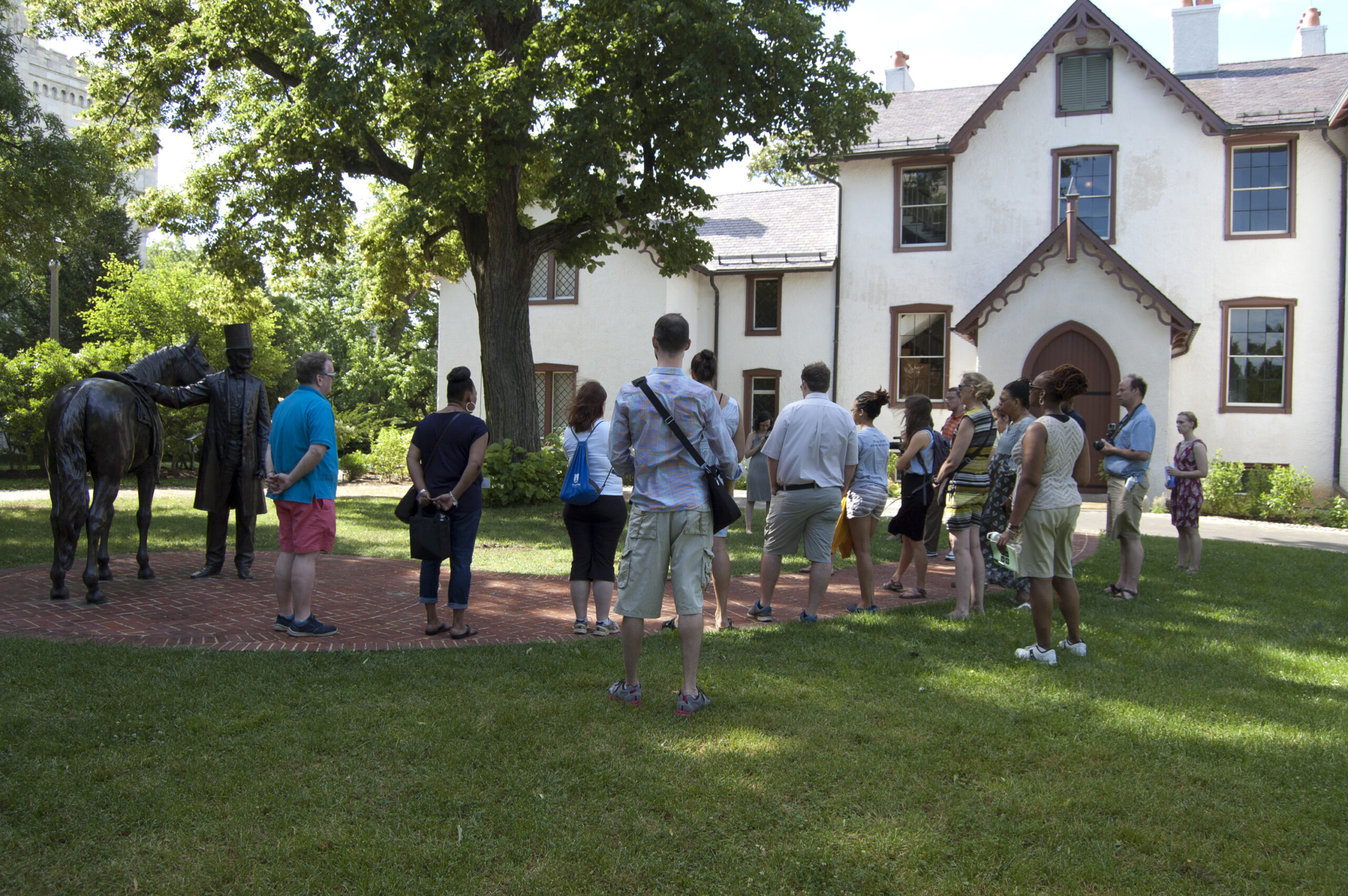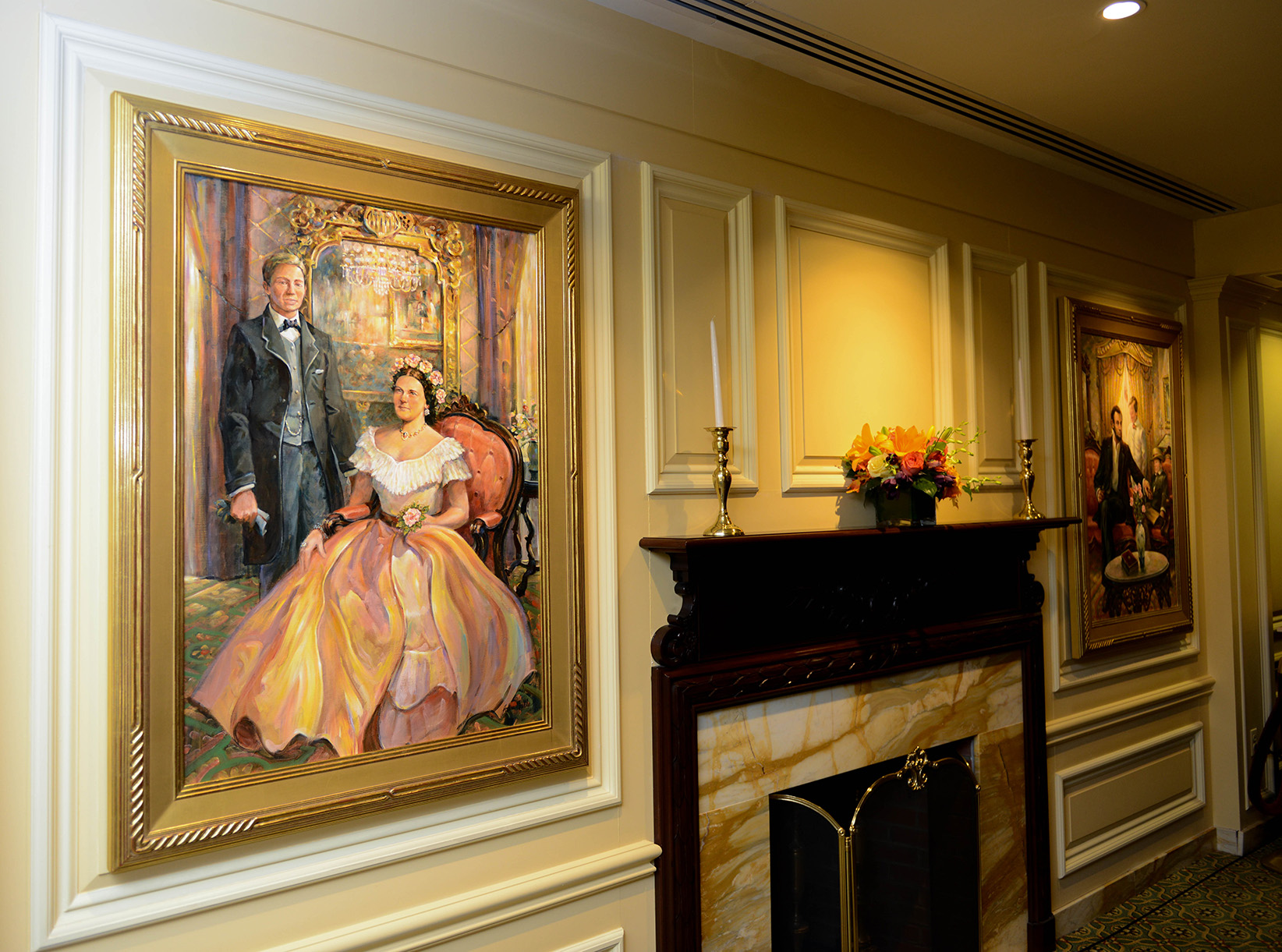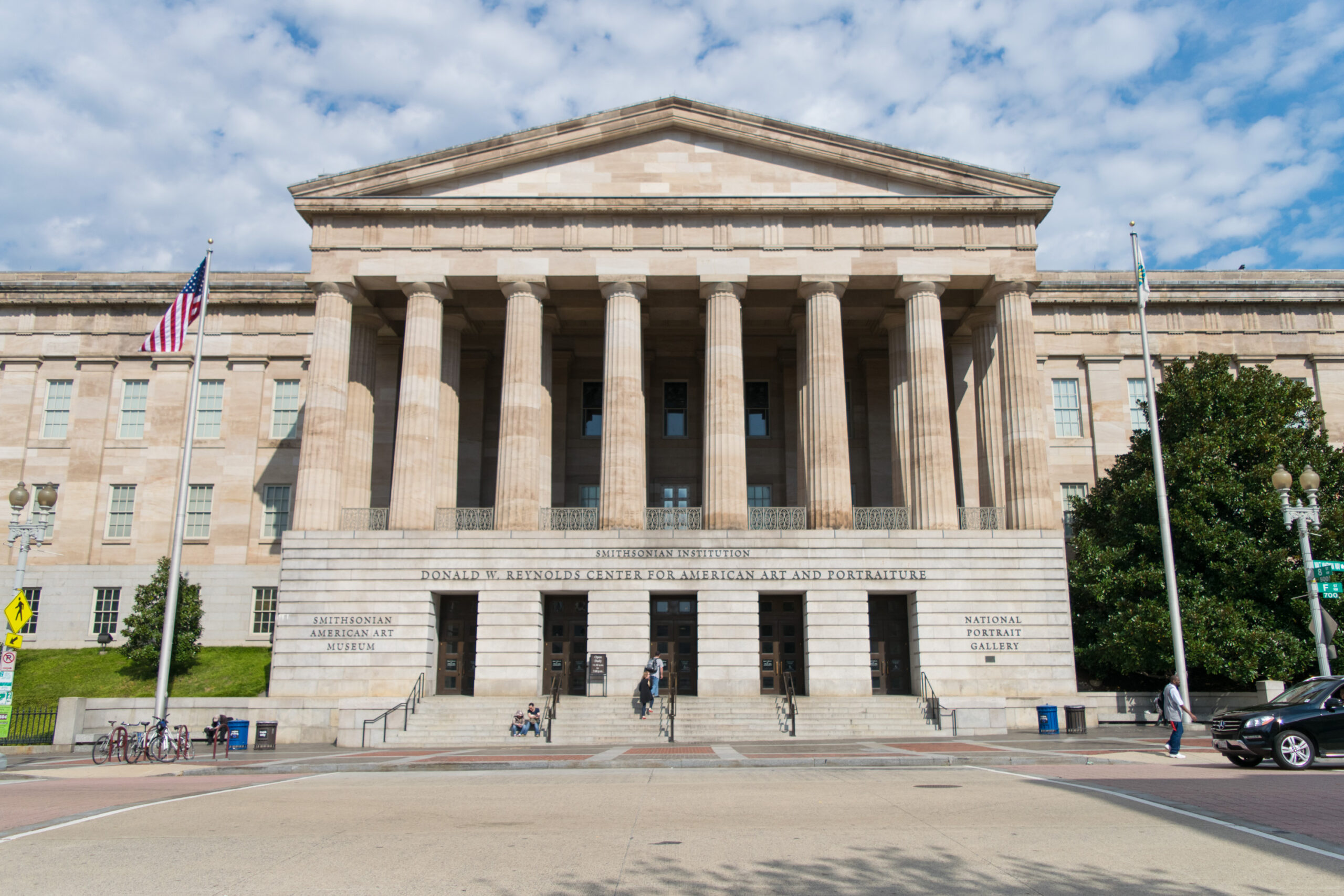
Lincoln’s Washington: Places Lincoln Visited that Exist Today
You may be surprised to learn that multiple places within the District of Columbia that Lincoln visited are still in existence 155 years later. Which of these have you heard about or visited yourself?
Ford’s Theatre

President Abraham Lincoln visited Ford’s Theatre on 10 formal occasions during his presidency. Lincoln was a fan of the performing arts, enjoyed theatrical comedy and drama, especially Shakespeare, and regularly was an audience member at D.C. theatres. These outings were a way to rest his mind from the pressures of the presidency.
President and First Lady Mary Lincoln first attended a performance at Ford’s on May 28, 1862. In 1863, President Lincoln attended performances five times, including the November 9 performance of Charles Selby’s The Marble Heart, which featured John Wilkes Booth in one of the leading roles. Lincoln and the First Lady returned to Ford’s for performances three times the following year.
“Some think I do wrong to go to the opera and the theatre; but it rests me. I love to be alone, and yet to be with the people.”
Abraham Lincoln
After President Lincoln’s assassination in 1865, photographer Mathew Brady photographed the building’s interior. Brady’s photographs eventually became a model for recreating the space that now stages performances as a living tribute to Lincoln’s love of theatre.
Old Soldier’s Home and Lincoln’s Cottage
Summertime in Washington meant the Lincoln family’s relocation from the White House to a cottage in Northwest Washington, located on a 500-acre farm. The cottage’s hillside elevation provided a respite from D.C.’s humidity and a physical break from the downtown hubbub.

The cottage was adjacent to the first national military cemetery and Soldiers’ Home, where veterans lived and worked. While in residence at the cottage, President Lincoln visited with wounded soldiers, spent time with self-emancipated men, women and children and even developed the Emancipation Proclamation.
Today, the Old Soldiers’ Home is the Armed Forces Retirement Home and is undergoing a major redevelopment. Lincoln’s Cottage, which was restored in 2008, is operated as a house museum and designated as a National Historic Landmark and a Site of The National Trust for Historic Preservation.
The Washington Monument

At the Ford’s Theatre offices, we have a Civil War-era photograph of U.S. troops standing on the National Mall near an unfinished Washington Monument. Did you know that when the cornerstone for the monument was laid on July 4, 1848, Illinois congressman Abraham Lincoln was in attendance? Construction commenced that year, but funding ran low by 1854. The monument, standing about 150 feet tall, remained in an unfinished state throughout the period of the Civil War. It wasn’t until 1876, when President Ulysses Grant authorized federal funding, that construction resumed to complete the monument.

The Willard Hotel
As exhibited in the Ford’s Theatre Museum, just before his presidential Inauguration in 1861, Abraham Lincoln sneaked into Washington in disguise, part of an effort to thwart an assassination attempt on his life. He arrived to the Willard Hotel, later to be joined by his wife and family for the 10 days before they all moved into the White House, which is just two blocks away. Following the inauguration ceremonies, the Lincolns returned to the Willard to enjoy their inaugural luncheon and watch the parades.
Among the Lincoln family’s other official visits to the hotel are a July 6, 1861, concert given by opera singer Meda Blanchard, and a visit with General Burnside and review of his troops on April 25, 1864. Today, in a small exhibit section atop the stairs and just off the hotel’s grand Peacock Alley, you can view a copy of Lincoln’s $773.75 pre-inauguration hotel bill. The Willard was a social and political hub during Lincoln’s time and remains so today.
You can take a virtual tour of the historic Willard hotel online.
U.S. Patent Office: Today’s National Portrait Gallery
Located between 7th, 9th, F and G Streets in Northwest Washington, D.C., today’s National Portrait Gallery building has a long history. Beginning in 1836 and throughout Abraham Lincoln’s presidency, the Greek Revival building served as the U.S. Patent Office.
During the Civil War, the building became a temporary hospital, where nurses such as Walt Whitman and Red Cross founder Clara Barton tended to the sick and wounded.

In 1865, the building’s Great Hall was the location for Abraham Lincoln’s Second Inaugural Ball on March 6, 1865. The ball was attended by more than 4,000 guests and featured a menu that included beef à-la-mode, lobster salads, cakes and ice creams.
Following the war, the Patent Office resumed operations there until 1932, when the building changed hands to the Civil Service Office. In the mid-1960s, the building was donated by Congress to the Smithsonian Institution, which renovated and restored it to house The National Portrait Gallery and Smithsonian American Art Museum. The Portrait Gallery collection features paintings of all former U.S. presidents, including the familiar likeness of Abraham Lincoln we see on the penny.
General Post Office: Today’s Hotel Monaco
Just across F Street NW from the National Portrait Gallery is another 1800s building which, in Lincoln’s time, was the General Post Office. The property was initially built as a hotel in the 1790s and purchased by the U.S. Government in 1810 to become the Post Office Department and the City Post Office.

When the city of Washington was burned by British troops in late August 1814, the General Post Office was spared. The U.S. Capitol building was not, so the 13th session of Congress met at the General Post Office building. The General Post Office relocated in 1897, and through the early 1900s, the building became home to the Bureau of Education and eventually the headquarters for the National Selective Service Board.
The property was established as a National Historic Landmark in 1971 and was reestablished as today’s Kimpton hotel, The Monaco, in 2002.
Lauren Beyea was Associate Director of Communications and Marketing at Ford’s Theatre, where she oversaw media relations.

